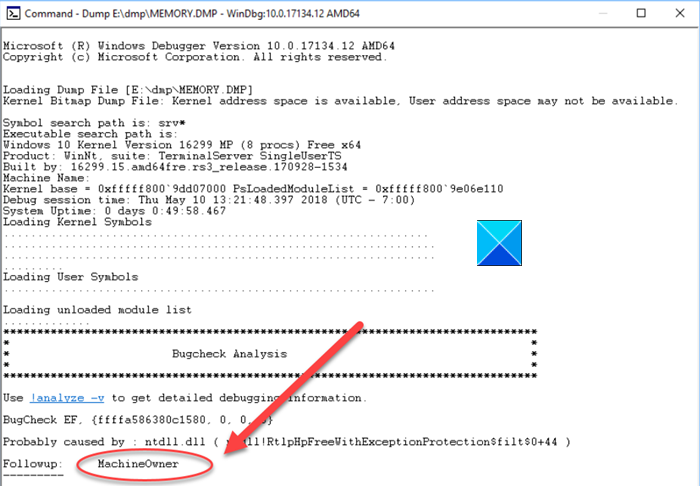

This translates in what we explained above.Īn active memory dump is a complete memory dump (CrashDumpEnabed value =1) that is filtered ( FilterPages value = 1). The REG_DWORD value FilterPages is created and is set to 1 The REG_DWORD value CrashDumpEnabled is set to 1 (default is 7) which translates into a complete memory dump. This is reflected in two registry setting under the HKLM:\System\CurrentControlSet\Control\CrashControl key That’s where you can set the memory dump option under Write debugging information. On the Advanced tab of system properties, you select the setting for “Startup and Recovery”. Both result in exactly the same changes and configuration but the PowerShell method gives us a better insight in how an active memory dump is created. While it’s not the smallest of possible memory dump options it is significantly smaller than a complete memory dump. By doing so that memory dump contains the processors state and the memory content related to the parent partition, including the user mode space, which are truly relevant to troubleshooting Blue Screen of Death events. An active memory dump filters out that part of the RAM content. On large memory Hyper-V host the majority of the RAM goes to virtual machines. So how does active memory dump address these concerns? For trouble shooting issues with the Hyper-V hosts we usually do not need the part of the RAM that is assigned to the virtual machines. You run out of space to create them (who has 512GB or more free space to write that dump to?) and it is problematic and time consuming to copy such files and upload them for analysis. The size of these memory dumps becomes problematically large on hosts with large amounts of memory. This contains the processor state and the content of what’s in memory at the time of the crash. To trouble shoot issues with a Hyper-V host support engineers often request a complete memory dump. The N+X nature of clusters means that even more RAM is provisioned as we need to allow for the hosts to serve extra virtual machines during scheduled or unscheduled maintenance. The second reason is that ever more high performance workloads that are resource intensive are being virtualized.

In general, virtual machine density increases as the servers become ever more capable and affordable. 256GB to 1TB of RAM is not an exception anymore. Hyper-V clusters tend to exist out of multiple hosts with high amounts of RAM. But this is the poster child environment where this setting will make a significant impact when collecting MEMORY.DMP files trouble shooting. The new option – “Active Memory Dump” – to configure a memory dump is not strictly related to failover clustering or Hyper-V. In Windows Server 2016 we have a new option when it comes to creating memory dumps when a system failure occurs.


 0 kommentar(er)
0 kommentar(er)
